This story is part of a semester-long project by USC Annenberg students spotlighting South LA. Stories featured on Intersections South LA have been written by students in USC Professor Robert Hernandez’s class. See more Southside Stories here.
The Vermont Square neighborhood has a diverse population of about 60,000 individuals. While the ethnic and social diversity reflects a desirable kaleidoscopic landscape, the community also faces a wide array of issues and concerns with 60,000 individual opinions on how to solve them.
The South LA Power Coalition, which launched earlier this year, is working to harness the diversity in South LA for political change. The coalition hopes to give political power to residents of South LA through common ground and a shared political movement.
One way the coalition tries to preserve unity is by finding common ground between the large Hispanic and African American communities in South LA. 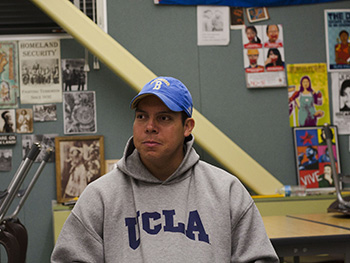
“I can’t think of any issue that we’re talking about that doesn’t affect all of our community. That’s why we’re here,” said Ron Gochez, a member of the South LA Power Coalition and a candidate for Los Angeles Council District 9.
The coalition, realizing the need for the unity between these two groups began a Black and Latino workshop where they discussed issues affecting both communities and worked to find ways to solve them.
“The objective was not just to talk about the issues, but to try to come up with some ways, some objectives, some concrete ways of things that we can do as a black and brown community to work together,” said Gochez.
The South LA Power Coalition feels that they have an advantage in reaching out to the diverse population of South LA because they are not affiliated with any group or political party. The coalition is an autonomous group of people passionate about seeing South LA empowered for political change.
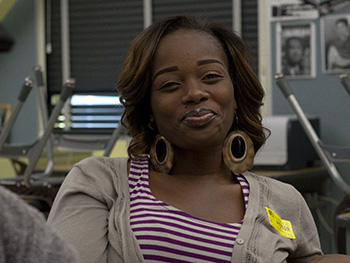 “There’s a degree of independence and an ability for us to take stances and take positions that other more prominent organizations can’t do because they’re tied to this or they’re tied to that,” said Njideka Obijiaku, an active member of the South LA Power Coalition and the Ma’at Institute for Community Change.
“There’s a degree of independence and an ability for us to take stances and take positions that other more prominent organizations can’t do because they’re tied to this or they’re tied to that,” said Njideka Obijiaku, an active member of the South LA Power Coalition and the Ma’at Institute for Community Change.
“It gives us, really, the freedom to be able to do analysis, to pick things apart, and align them with just our values and values that are associated with working families,” said Obijiaku.
None of the group’s active members will call themselves leaders. They are all part of different organizations and groups in their communities and chose to come together to form a collaborative group in South LA.
“We’ve been working in our communities for several years and we understand the importance of not working independently of each other,” said Gochez.
While the members of the coalition are very politically educated and active, they are the exception for South LA—an area that consistently has an extremely low voter turnout rate. During the 2012 presidential election, the coalition stated that there were precincts where less than half of the registered voters came out to vote.
“But the problem is that it’s not that people don’t want to be active. People don’t clearly sometimes know how, and how being active impacts your life and your livelihood,” said Kokayi Kwa Jitahidi, one of the organizers of the South LA Power Coalition and member of MA’AT Institute for Community Change.
The South LA Power Coalition strives to educate residents in South LA on how to vote and how it can impact their daily lives.
Prior to the 2012 election, the coalition held a voter education workshop at the Maya Angelou High School where they released a voter guide and educated the community about different measures on the ballot.
While the voter guide gave specific ways in which to vote for each proposition, the coalition’s main goal is not to advocate a specific group or political position. According to their founding members, their goal is to help the residents of South LA define a vision for themselves and work to see it put into action. The coalition believes that the issues and problems in South LA are a result of residents not being empowered. 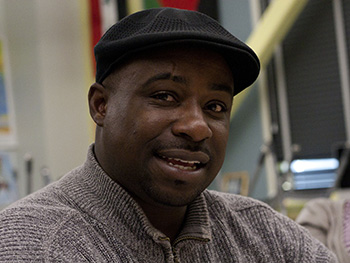
“People who are most impacted are not empowered, and have not been empowered, to participate in a meaningful way in the political process, to make independent decisions for themselves—people are spoken on behalf of, but not worked with,” said Jitahidi.
As the South LA Power Coalition continues their work in South LA and continues to develop as a group, the members hope to not only change policy, but to also gain political representation.
“We have to make this grassroots movement translate to political power. If we’re going to get the changes and if we’re going to effectively fight around the status quo, we’ve got to be able to translate that into political power,” said Jitahidi.









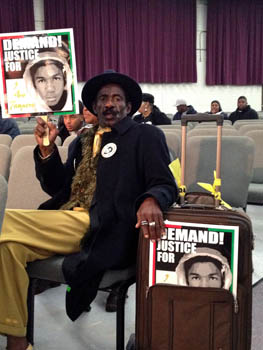 Twenty years ago, one man sparked the uprising of an entire community. The mention of his name held tension, outrage, and passion. That man was Rodney King. Today, the name of another man, ten years younger, is sparking another movement.
Twenty years ago, one man sparked the uprising of an entire community. The mention of his name held tension, outrage, and passion. That man was Rodney King. Today, the name of another man, ten years younger, is sparking another movement. 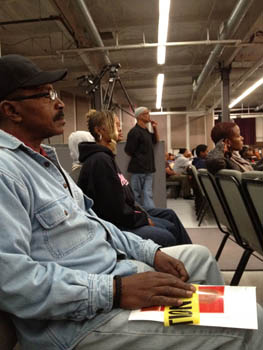 Reverend Logan called for action saying, “Not only are we standing our ground, but it’s time for a movement,” making reference to the meeting’s title, “Black Men Stand Your Ground.”’
Reverend Logan called for action saying, “Not only are we standing our ground, but it’s time for a movement,” making reference to the meeting’s title, “Black Men Stand Your Ground.”’  When Deanne D’Antignac received the call asking if she would care for her niece, she said “yes.” The only other option was to turn her over to strangers. She did not know that the care of one niece would turn into permanent legal guardianship of three nieces and the sacrifice of her career and financial security.
When Deanne D’Antignac received the call asking if she would care for her niece, she said “yes.” The only other option was to turn her over to strangers. She did not know that the care of one niece would turn into permanent legal guardianship of three nieces and the sacrifice of her career and financial security. 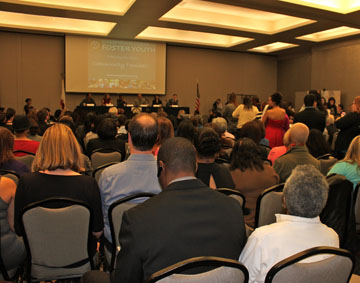 “When I received the phone calls, I did not have time to prepare like a foster parent would. This is not a job that I applied for; and early on, I did not receive money or training for them,” said D’Antignac, who had to quit her job as a physician’s assistant to care for her three nieces.
“When I received the phone calls, I did not have time to prepare like a foster parent would. This is not a job that I applied for; and early on, I did not receive money or training for them,” said D’Antignac, who had to quit her job as a physician’s assistant to care for her three nieces.  “It took a year to get services for my granddaughter; by then, she was darn near psychotic from not having medicine [for mental illness],” said Lee.
“It took a year to get services for my granddaughter; by then, she was darn near psychotic from not having medicine [for mental illness],” said Lee. 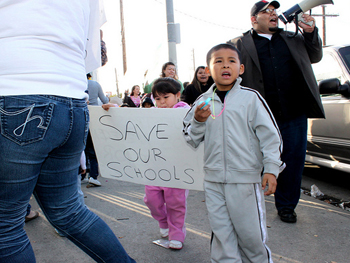
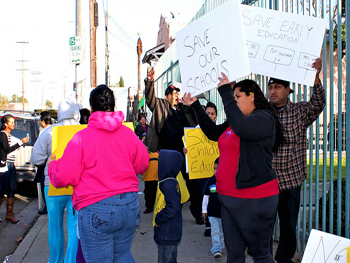
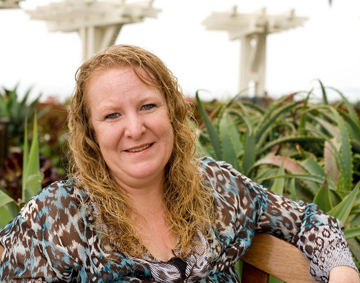 Wendy Barnes escaped a life of forced prostitution and is now an advocate helping young girls escape sex slavery. (Photo credit: Wendy Barnes)
Wendy Barnes escaped a life of forced prostitution and is now an advocate helping young girls escape sex slavery. (Photo credit: Wendy Barnes) A South L.A. Motel.
A South L.A. Motel.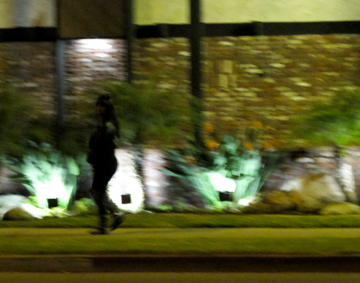 A young prostitute walking the street in South L.A.
A young prostitute walking the street in South L.A.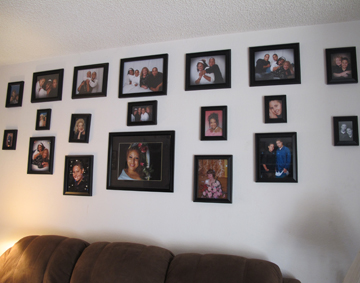 Family pictures adorn Wendy Barnes’ current home, a sign of happier times after a painful past.
Family pictures adorn Wendy Barnes’ current home, a sign of happier times after a painful past.  Palace Plating, the chrome plating facility responsible for releasing toxic chemicals into the environment surrounding 28th Street Elementary School, will permanently shut down by December 31, putting a six year-old lawsuit against the company to an end.
Palace Plating, the chrome plating facility responsible for releasing toxic chemicals into the environment surrounding 28th Street Elementary School, will permanently shut down by December 31, putting a six year-old lawsuit against the company to an end.  At the community meeting where city officials informed Sánchez of the carcinogenic chemicals being released, she voiced her concerns. “When I put my kids in this school, they started complaining about a lot of things that I think are related to these chemicals.”
At the community meeting where city officials informed Sánchez of the carcinogenic chemicals being released, she voiced her concerns. “When I put my kids in this school, they started complaining about a lot of things that I think are related to these chemicals.”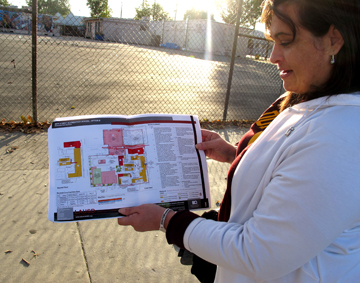 Sánchez says she took the evidence she collected to the health department and other city agencies asking them to start an investigation. She says they told her the evidence she produced was not reliable and she didn’t have the legal authority to make the claims. That’s when Sánchez began to contemplate legal action.
Sánchez says she took the evidence she collected to the health department and other city agencies asking them to start an investigation. She says they told her the evidence she produced was not reliable and she didn’t have the legal authority to make the claims. That’s when Sánchez began to contemplate legal action.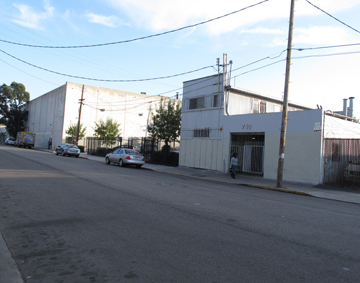 Feeling they had run out of options, Sánchez, about 50 families, and over a dozen teachers eventually filed a lawsuit against the school.
Feeling they had run out of options, Sánchez, about 50 families, and over a dozen teachers eventually filed a lawsuit against the school. 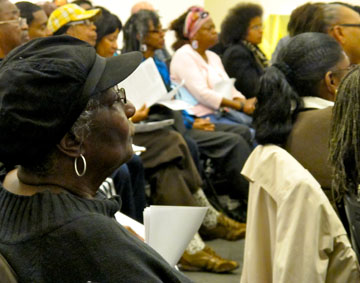 Over 100 residents, merchants, property owners and supporters crowded the Crenshaw DWP Auditorium last Monday night to find out about the Crenshaw Subway Coalition’s newest strategy to “Win the Battle for Crenshaw” – that’s what the Coalition calls their fight for the economic survival of a key African-American business corridor during the building of the largest public works project in South LA history.
Over 100 residents, merchants, property owners and supporters crowded the Crenshaw DWP Auditorium last Monday night to find out about the Crenshaw Subway Coalition’s newest strategy to “Win the Battle for Crenshaw” – that’s what the Coalition calls their fight for the economic survival of a key African-American business corridor during the building of the largest public works project in South LA history.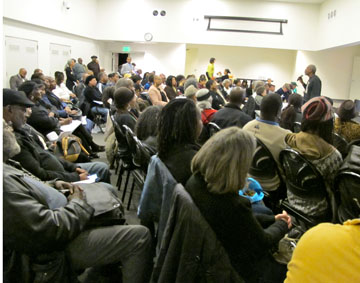 Not only are residents upset about the practical inconveniences that the above-ground Crenshaw line brings, but the Crenshaw Subway Coalition also cited economic racism in their lawsuit, stating that the MTA has violated their state’s civil rights act, giving one region preference over another.
Not only are residents upset about the practical inconveniences that the above-ground Crenshaw line brings, but the Crenshaw Subway Coalition also cited economic racism in their lawsuit, stating that the MTA has violated their state’s civil rights act, giving one region preference over another.  From the second you step inside the Fannie Lou Hamer Emergency Shelter, you know it’s so much more than a shelter. Laughter emanates from the kitchen as families eat dinner together. One girl is giggling on the couch, hiding behind her princess backpack. Walls are adorned with pictures and a decoration on the fireplace mantle reads, “home.” In that moment, you realize what this place is. It may be called a shelter, but it really is a home.
From the second you step inside the Fannie Lou Hamer Emergency Shelter, you know it’s so much more than a shelter. Laughter emanates from the kitchen as families eat dinner together. One girl is giggling on the couch, hiding behind her princess backpack. Walls are adorned with pictures and a decoration on the fireplace mantle reads, “home.” In that moment, you realize what this place is. It may be called a shelter, but it really is a home. 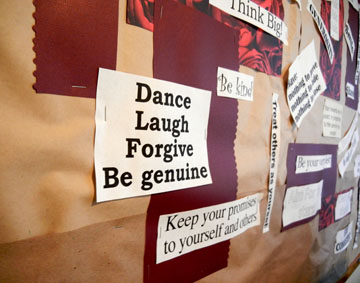 “Every time we answer our hotline we want to make sure before we hang up the phone that we did as much as we could to assist the client,” said Alice Brown, case manager at the Fannie Lou Hamer Emergency Shelter.
“Every time we answer our hotline we want to make sure before we hang up the phone that we did as much as we could to assist the client,” said Alice Brown, case manager at the Fannie Lou Hamer Emergency Shelter. Educational programs, which are also available to domestic violence victims who have not lived in the shelter, also move the women of Jenesse towards self-sufficiency. Women can use facilities, such as a computer lab with technology donated by Verizon, to learn essential job skills—such as computer skills and résumé writing. The facilities also hold classes on anger management, parenting classes, household establishment classes and counseling.
Educational programs, which are also available to domestic violence victims who have not lived in the shelter, also move the women of Jenesse towards self-sufficiency. Women can use facilities, such as a computer lab with technology donated by Verizon, to learn essential job skills—such as computer skills and résumé writing. The facilities also hold classes on anger management, parenting classes, household establishment classes and counseling.




